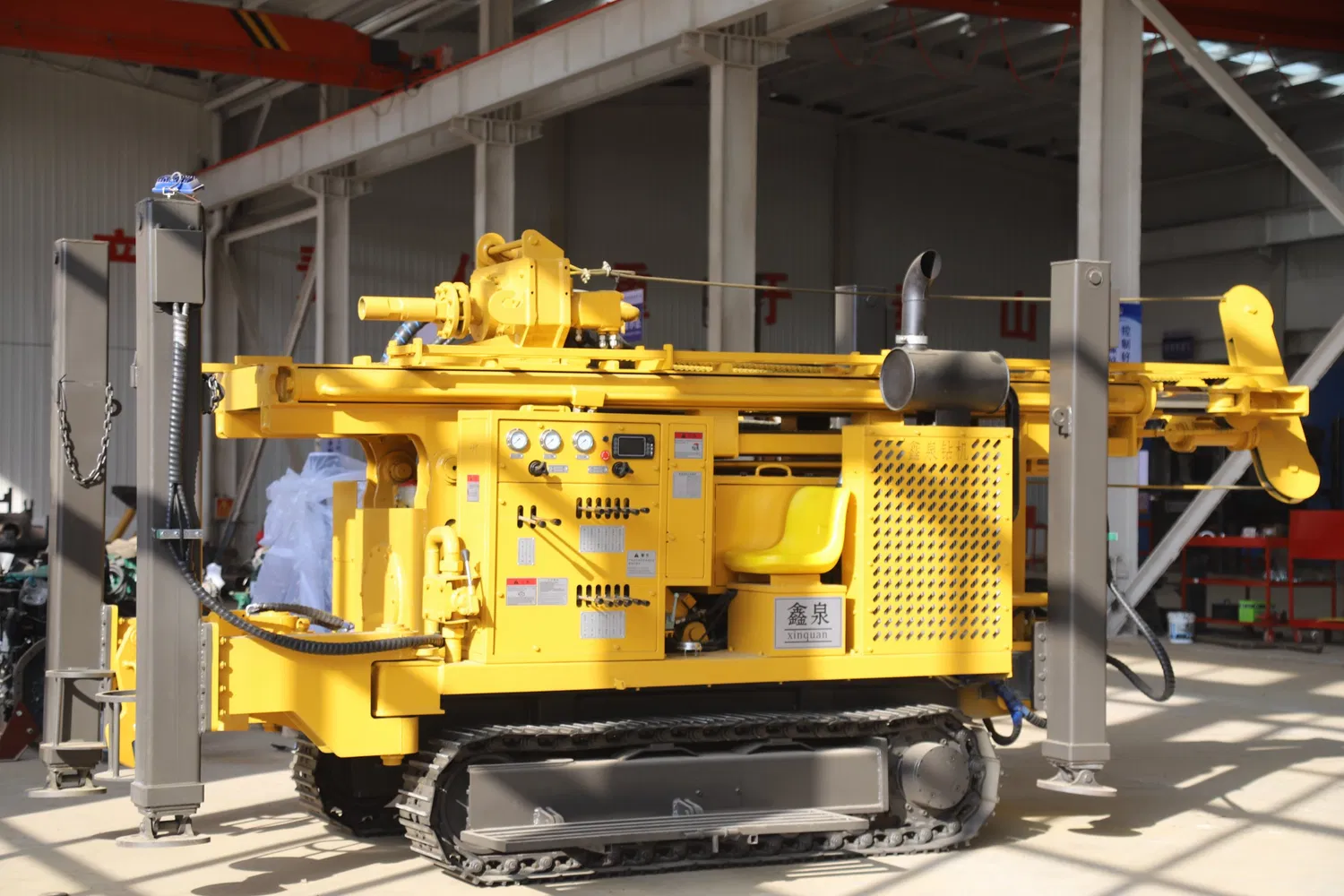Challenges and Solutions for Water Well Drilling Rigs in Karst Water Exploration
A water well drilling rig faces many challenges when exploring karst water. Karst water hides in carbonate caves, with uneven distribution and underground rivers.
-
Handling cave water bursts and leaks: Equip rigs with blowout preventers to control sudden water surges. Prepare plugging materials like cement for leaks. A limestone area saw 50m³/h water gush—preventers controlled it, then cement sealed the cave.
-
Getting full karst data and finding underground rivers: Use casing drilling or wireline coring to boost core recovery. Wireline coring raised core recovery from 50% to 85% in a karst area. Tracer tests in boreholes confirm underground river paths and connections.
-
Assessing development risks: Test water for pollution; monitor land subsidence during pumping. A karst water source saw 2cm subsidence during pumping—plans adjusted to avoid hazards.

Combining the water well drilling rig with geophysics improves data reliability in karst areas.
 Giàn khoan Bangxin
Giàn khoan Bangxin